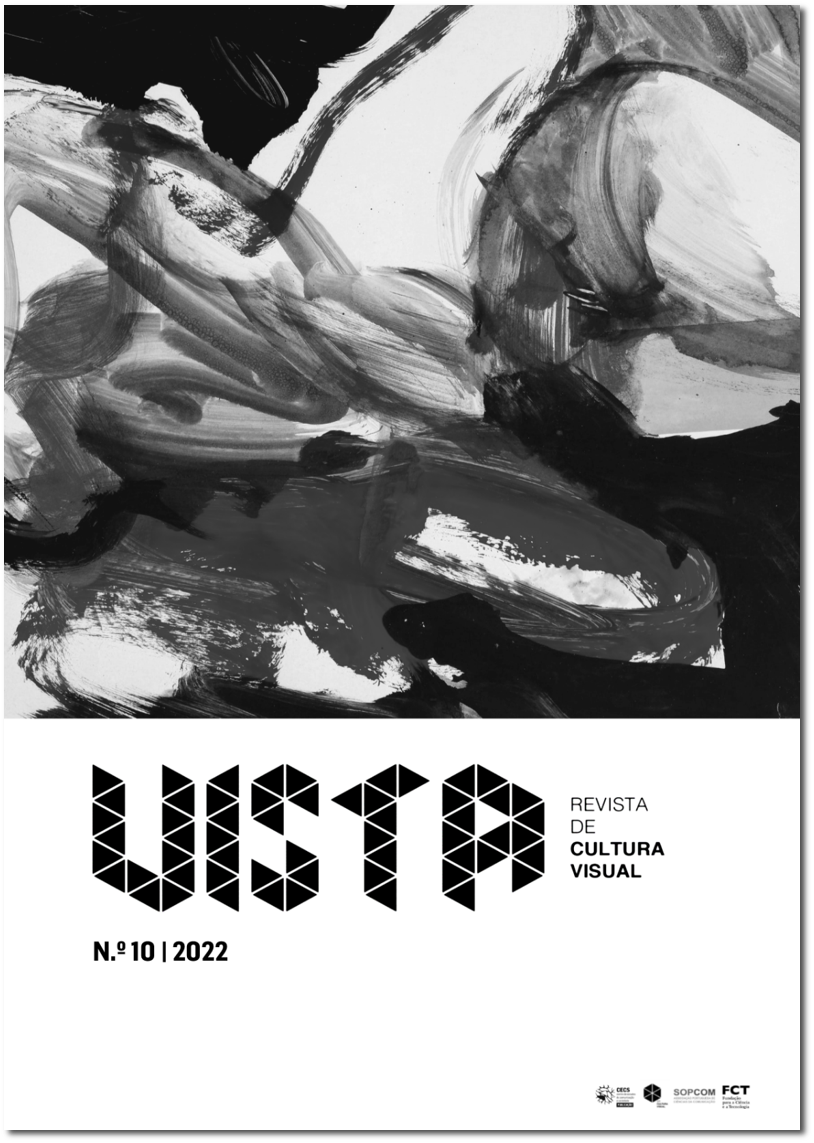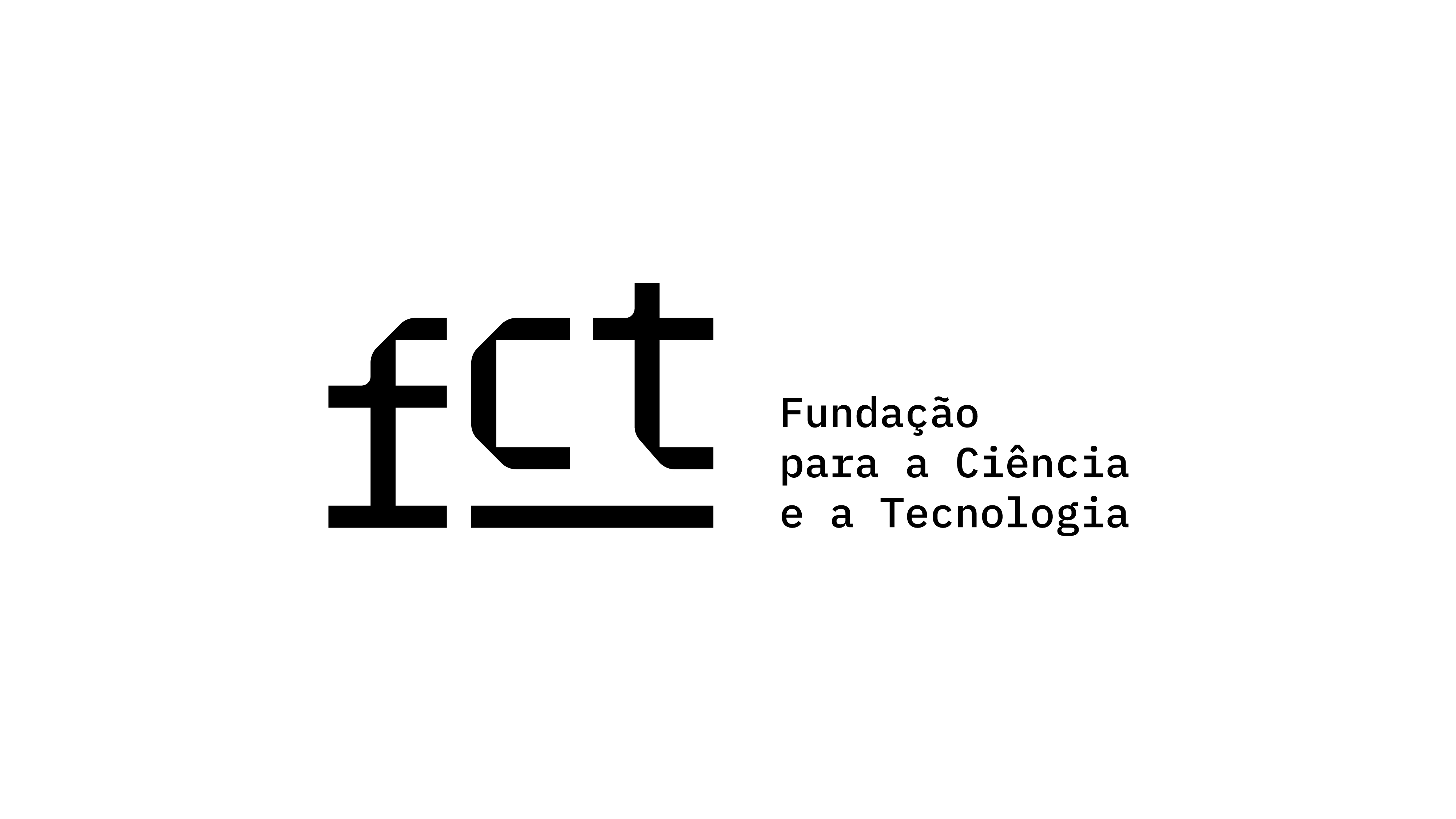Descrição Densa e Análise Integrada de Artefactos Visuais Digitais: O Repertório Visual de #IrmãEuAcreditoEmTi
DOI:
https://doi.org/10.21814/vista.4132Palavras-chave:
análise visual, afeto, protesto, etnografia hashtag, estudos feministas dos médiaResumo
Neste trabalho, exploramos a relação entre o afeto e o uso que ativistas feministas digitais fazem da estética para comunicar as suas ideias e protestar contra a violência sexual. Assim, o nosso foco incide sobre a cultura visual do protesto digital. Entendemos os artefactos visuais como um repertório visual de protesto (Jenzen et al., 2020, p. 420) que pode ser articulado num contexto local específico e, simultaneamente, ecoar sentimentos globais. Neste artigo, analisamos o repertório visual de protesto do ativismo digital feminista espanhol contra a violência sexual. Para tal, foram analisados 696 artefactos visuais associados ao hashtag #HermanaYoSíTeCreo (#IrmãEuAcreditoEmTi) partilhado no Twitter entre 1 de maio de 2018 e 31 de agosto de 2020. O nosso quadro metodológico incorpora uma análise triangular colaborativa baseada na semiótica social (Ledin & Machin, 2018; Van Leeuwen, 2005), na análise sócio-hermenêutica (Knoblauch & Schnettler, 2012; Serrano Pascual & Zurdo Alaguero, 2010), na etnografia hashtag (Bonilla & Rose, 2015) e na descrição densa interpretativa (Geertz, 1973, pp. 3–30). Desenvolvemos ainda uma sensibilidade etnográfica em relação ao corpus, o que nos envolveu num diálogo constante para superar a tendência positivista da análise visual digital a partir de dados.
Este nosso trabalho aborda a perceção de como os discursos visuais podem criar a unificação afetiva dos utilizadores das redes sociais (Stage, 2013) como uma característica chave da política feminista e do ativismo online (Keller et al., 2018). Analisámos o uso de artefactos visuais pela comunidade "virtual" de irmandade e concluímos que estes processos serviram como base para (a) estabelecer uma marca visual distinta e versátil; (b) tecer uma comunidade afetiva; (c) articular o desejo de se conectar e de se reunir através do amor, esperança, ultraje e repugnância; e (d) ligar o passado e o presente, bem como lutas feministas geograficamente distantes.
Downloads
Referências
Ahmed, S. (2004). Affective economies. Social Text, 22(2), 117–139. https://muse.jhu.edu/article/55780
Anderson, B. (2009). Affective atmospheres. Emotion, Space and Society, 2(2), 77–81. https://doi.org/10.1016/j.emospa.2009.08.005
Assmann, J., & Czaplicka, J. (1995). Collective memory and cultural identity. New German Critique, (65), 125–133. https://doi.org/10.2307/488538
Azoulay, A. (2005). The ethics of the spectator: The citizenry of photography. Afterimage, 32(2), 38–44. https://www.proquest.com/scholarly-journals/ethic-spectator-citizenry-photography/docview/212110881/se-2
Azoulay, A. (2012, March 29). Un-photographs [Keynote lecture]. Photomedia 2012, Helsinki, Finland. https://blogs.aalto.fi/mediatutkimus/2012/02/16/the-keynote-lectures-in-helsinki-photomedia-conference-march-28-30-2012-aalto-arts/
Bach, H. (2007). Composing a visual narrative inquiry. In D. J. Clandinin (Ed.), Handbook of narrative inquiry: Mapping a methodology (pp. 280–307). SAGE Publications.
Bell, M. E., & Bell, S. E. (2012). What to do with all this "stuff"? Memory, family, and material objects. Storytelling, Self, Society: An Interdisciplinary Journal of Storytelling, 8(2), 63–84. https://doi.org/10.2307/41949178
Bonilla, Y., & Rose, J. (2015). #Ferguson: Digital protest, hashtag ethnography, and the racial politics of social media in the United States. American Ethnologist, 42(1), 4–17. https://doi.org/10.1111/amet.12112
Collins, P. H. (1990). Black feminist thought: Knowledge, consciousness, and the politics of empowerment. Routledge.
Edwards, E. (1997). Beyond the boundary: A consideration of the expressive in photography and anthropology. In M. Banks & H. Morphy (Eds.), Rethinking visual anthropology (pp. 53–80). Yale University Press.
García-Mingo, E., Díaz Fernández, S., & Tomás-Forte, S. (2022). (Re)configurando el imaginario sobre la violencia sexual desde el antifeminismo: El trabajo ideológico de la manosfera española. Política y Sociedad, 59(1), e80369. https://doi.org/10.5209/poso.80369
García-Mingo, E., & Prieto-Blanco, P. (2021). #SisterIdobelieveyou: Performative hashtags against patriarcal justice in Spain. Feminist Media Studies. Advance online publication. https://doi.org/10.1080/14680777.2021.1980079
Geertz, C. (1973) The interpretation of cultures. Basic Books.
Haraway, D. (1988). Situated knowledges: The science question in feminism and the privilege of partial perspective. Feminist Studies, 14(3), 575–599. https://doi.org/10.2307/3178066
Harding, S. (1993). Rethinking standpoint epistemology: What is "strong objectivity"? In L. Alcoff & E. Potter (Eds.), Feminist epistemologies (pp. 49–82). Routledge.
Hekman, S. (1997). Truth and method: Feminist standpoint theory revisited. Signs, 22(2), 341–365.
Jenzen, O., Erhart, I., Eslen-Ziya, H., Korkut, U., & McGarry, A. (2020). The symbol of social media in contemporary protest: Twitter and the Gezi Park movement. Convergence, 27(2), 414–437. https://doi.org/10.1177/1354856520933747
Keller, J., Mendes, K., & Ringrose, J. (2018). Speaking 'unspeakable things': Documenting digital feminist responses to rape culture. Journal of Gender Studies, 27(1), 22–36. https://doi.org/10.1080/09589236.2016.1211511
Kettrey, H. H., Davis, A. J., & Liberman, J. (2021). "Consent is f#@king required": Hashtag feminism surrounding sexual consent in a culture of postfeminist contradictions. Social Media + Society, 7(4), 1–11. https://doi.org/10.1177/20563051211062915
Knoblauch, H., & Schnettler, B. (2012). Videography: Analysing video data as a 'focused' ethnographic and hermeneutical exercise. Qualitative Research, 12(3), 334–356. https://doi.org/10.1177/1468794111436147
Kunstman, A. (2012). Introduction: Affective fabrics of digital cultures. In A. Karatzogianni & A. Kunstman (Eds.), Digital cultures and the politics of emotion (pp. 1–20). Palgrave McMillan.
Lather, P. (2007). Getting lost: Feminist efforts toward a double(d) science. State University of New York Press.
Ledin, P., & Machin, D. (2018). Doing visual analysis: From theory to practice. SAGE Publications.
Lehmuskallio, A. T. (2012). Pictorial practices in a “cam era” - Studying non-professional camera use [Doctoral dissertation, University of Tampere]. Trepo. https://trepo.tuni.fi/handle/10024/66918
Lobinger, K., & Schreiber, M. (2017). Photo sharing. In K. Lobinger (Ed.), Handbuch Visuelle Kommunikationsforschung (pp. 1–22). Springer VS. https://doi.org/10.1007/978-3-658-06738-0_19-1
Loenhoff, J. (2011). Tacit knowledge in intercultural communication. Intercultural Communication Studies, XX(1), 57–64.
Nikunen, K. (2019). Media, emotions and affect. In J. Currand & D. Hesmondhalgh (Eds.), Media and society (pp. 323–340). Bloomsbury. https://doi.org/10.5040/9781501340765.ch-017
Nikunen, K., Hokka, J., & Nelimarkka, M. (2021). Affective practice of soldiering: How sharing images is used to spread extremist and racist ethos on Soldiers of Odin Facebook site. Television & New Media, 22(2), 166–185. https://doi.org/10.1177/1527476420982235
Papacharissi, Z. (2015). Affective publics and structures of storytelling: Sentiment, events and mediality. Information, Communication & Society, 19, 307–324. https://doi.org/10.1080/1369118X.2015.1109697
Rentschler, C. (2014). Rape culture and the feminist politics of social media. Girlhood Studies, 7(1), 65–82. https://doi.org/10.3167/ghs.2014.070106
Rose, G. (2014). Visual culture, photography and the urban: An interpretive framework. Space and Culture India, 2(3), 5–12. https:// doi.org/10.20896/saci.v2i3.92
Serrano Pascual, A., & Zurdo Alaguero, A. (2010). Investigación social con materiales visuales. In M. Arroyo & I. Sadaba (Eds.), Metodología de la investigación social: Innovaciones y aplicaciones (pp. 217–250). Síntesis.
Sontag, S. (2003). Regarding the pain of others. Penguin Books.
Squire, C. (1995). From experience‐centered to socioculturally‐oriented approaches to narrative. In M. Andrews, C. Squire, & M. Tamboukou (Eds.), Doing narrative research (pp. 47–71). SAGE Publications.
Stage, C. (2013). The online crowd: A contradiction in terms? On the potentials of Gustave Le Bon's crowd psychology in an analysis of affective blogging. Distinktion: Scandinavian Journal of Social Theory, 14(2), 211–226. https://doi.org/10.1080/1600910X.2013.773261
Valles Martínez, M. S. (2009). Metodología biográfica y experiencia migratoria: Actualidad del enfoque de los testimonios anónimos y de autor en el legado de Juan F. Marsal. Papers: Revista de Sociología, 91, 103–125. https://doi.org/10.5565/rev/papers/v91n0.724
Van Leeuwen, T. (2005). Introducing social semiotics. Routledge.
Wetherell, M. (2012). Affect and emotion: A new social science understanding. SAGE Publications.
Downloads
Publicado
Como Citar
Edição
Secção
Licença
Direitos de Autor (c) 2022 Patricia Prieto Blanco, Elisa García-Mingo, Silvia Díaz Fernández

Este trabalho encontra-se publicado com a Licença Internacional Creative Commons Atribuição 4.0.
Os autores são titulares dos direitos de autor, concedendo à revista o direito de primeira publicação. O trabalho é licenciado com uma Licença Creative Commons - Atribuição 4.0 Internacional.












